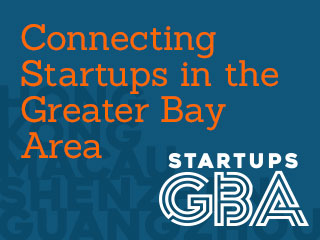Before I say anything else, let me start with that I am still friends with my co-founder of Sampi, but friends and business don’t always mix well.
When we first started working on our startup, everything was roses, and we agreed to set up an equal partnership in the company. Fast forwarding to now, my co-founder decided that he couldn’t balance consulting and our startup. This one event almost forced me to close Sampi.
Vest Early and Often
One of the biggest mistakes is that we didn’t have a vesting schedule for company shares. I learned from @dapunster that Y-Combinator reincorporates their founders and sets them up with a vesting schedule. If we had had this in place, I could have trudged on knowing that in the end I would wind up with a proportional share of the company.
Ownership Should Not Guarantee Employment
Owners should be employees just like anyone else. Early on, I figured out that I was having issues with the reliability of my co-founder. If they had been an employee, I would have given them notice, but I didn’t have that option. Over time, I took more and more responsibility on for keeping the company going, fortunately, my co-founder was appreciative of the imbalance of the situation.
Hunt In Packs
If you are equal co-founders, you need to be able to fully rely on that person both for support and to help carry the load. If one person is not able to keep up, it will put more load on the other without any way to re-balance it. If they are not carrying an equal load, then resolve it early, either by re-distributing responsibilities or compensation.
Have an Advisor or a Board of Advisors
Just last month, I was fortunate to participate in a feedback session (they called it TEN Den) with The Entrepreneurs Network in HK. The two key points that they focused on was that 1) I need to focus on sales and marketing at this point and 2) I needed to resolve the status of my co-founder. The first one I was already focused on, but the second one I had perhaps been thinking about a lot but not doing anything about it. Without that prod, I probably would have just left things until later when it could cause trouble at a critical time.
Resolution
I’d imagine that you might be curious how things worked out. Well, fortunately, my co-founder was reasonable, and was willing to come to a revised agreement that was fair for both of us. This could have been much worse, and I basically got lucky that the situation details and people involved are as they were. In the end, we agreed to adjust assignment of shares to balance out to what a vesting schedule would have provided in the long run. Also, we agreed to turn some of the ownership into debt that is payable when there are sales.
At this point I’m in a strong position to carry on, and am motivated by a larger return than I would have had otherwise. Since things are settled, my main worry, which was not the product itself, no longer exists.
If you have any questions about this, please feel free to contact me either via this blog, twitter @jonbuford, or email jonb at sampiplan.com



